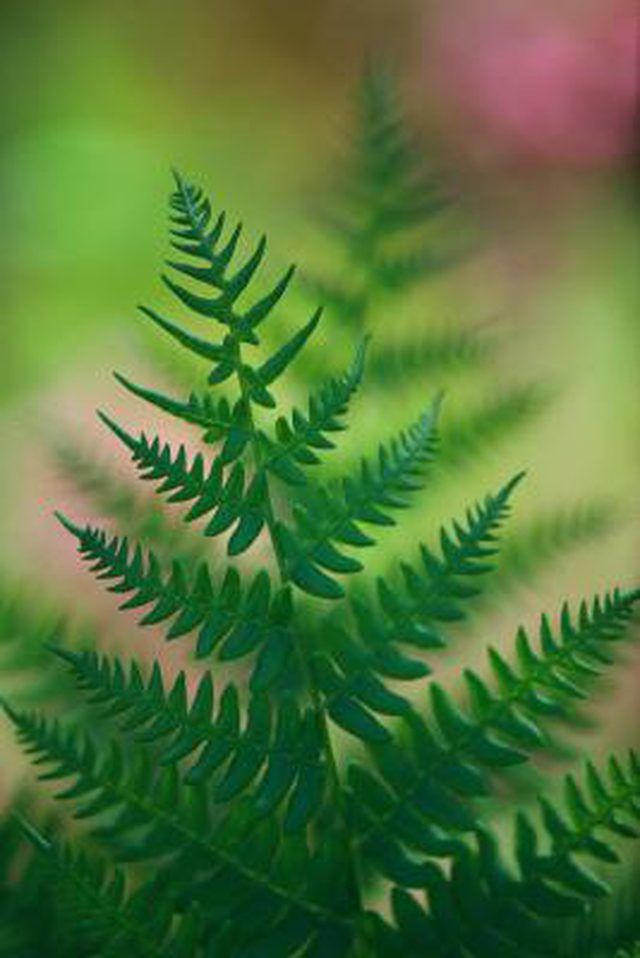Bulbs
Flower Basics
Flower Beds & Specialty Gardens
Flower Garden
Garden Furniture
Garden Gnomes
Garden Seeds
Garden Sheds
Garden Statues
Garden Tools & Supplies
Gardening Basics
Green & Organic
Groundcovers & Vines
Growing Annuals
Growing Basil
Growing Beans
Growing Berries
Growing Blueberries
Growing Cactus
Growing Corn
Growing Cotton
Growing Edibles
Growing Flowers
Growing Garlic
Growing Grapes
Growing Grass
Growing Herbs
Growing Jasmine
Growing Mint
Growing Mushrooms
Orchids
Growing Peanuts
Growing Perennials
Growing Plants
Growing Rosemary
Growing Roses
Growing Strawberries
Growing Sunflowers
Growing Thyme
Growing Tomatoes
Growing Tulips
Growing Vegetables
Herb Basics
Herb Garden
Indoor Growing
Landscaping Basics
Landscaping Patios
Landscaping Plants
Landscaping Shrubs
Landscaping Trees
Landscaping Walks & Pathways
Lawn Basics
Lawn Maintenance
Lawn Mowers
Lawn Ornaments
Lawn Planting
Lawn Tools
Outdoor Growing
Overall Landscape Planning
Pests, Weeds & Problems
Plant Basics
Rock Garden
Rose Garden
Shrubs
Soil
Specialty Gardens
Trees
Vegetable Garden
Yard Maintenance
How to Care for an Indoor Fern
How to Care for an Indoor Fern. Ferns are ancient and versatile plants. Fossils reveal that ferns have been around for millions of years. They can still be found throughout the world in a variety of environments, including jungles and deserts. However, the preferred environment for a fern is a somewhat humid one. They don't require a lot of light,...

Ferns are ancient and versatile plants. Fossils reveal that ferns have been around for millions of years. They can still be found throughout the world in a variety of environments, including jungles and deserts. However, the preferred environment for a fern is a somewhat humid one. They don't require a lot of light, hot temperatures or extremely attentive care, which makes them ideal for home growing.
Things You'll Need
Plastic flower pots
Coarse or ordinary potting soil (depending on your fern)
Fertilizer
Spray bottle
Choose the right soil for your fern. If you have an epiphytic fern (a fern that grows in a tree), you should plant it in a coarse soil that allows water to drain more easily. If you have a terrestrial fern (a fern that grows in the soil), you can plant it in ordinary potting soil found at your local retailer.
Put your fern in a plastic container or other container with a sufficient drainage system. It's important to allow for drainage, so avoid solid containers like clay pots without holes in the bottom. This will allow for better moisture levels, mimicking the humidity that ferns are used to.
Set your fern in an area of the house that will allow it to get indirect sunlight for about four hours daily. Too much direct sunlight will dry it out or even burn the leaves, so it's better to place it in a partially shaded area. Room temperature should be between 65 and 75 degrees Fahrenheit.
Water your fern fairly regularly, but be aware that these plants can be overwatered. Stick your finger in the soil to test whether your fern needs to be watered. If it's fairly moist, then you may skip watering for the day. If, however, it feels slightly dry, then add water directly to the soil (making sure not to pour over the leaves) until it becomes evenly moist. If you notice black roots, reduce the amount of water you pour, as this is an indication of overwatering.
Add plant fertilizer with equal parts nitrogen, phosphorous and potassium (for instance, a 20-20-20 mix) once monthly between March and October. If you notice the foliage colors turning lighter green, then you may want to get a mixture with more nitrogen. Avoid feeding your fern during the winter months. However, it is a good idea to mist it during the winter.
Inspect your fern periodically for diseases. Typical signs of disease include yellowing and withering of leaves, as well as drooping of foliage or brown spots on the leaves. If it seems that your fern has a disease, spray it with an insecticidal soap.